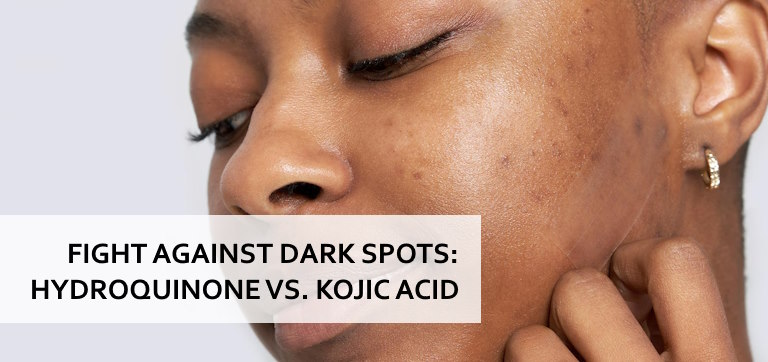Fight Against Dark Spots: Hydroquinone vs. Kojic Acid
Table of Contents
What are dark spots and what’s their cause?
Hyperpigmentation (or dark spots), is a common dermatological condition characterised by uneven dark flat patches on the skin.
In cases of hyperpigmentation, there is a higher concentration of melanin due to an increase in melanocyte production. Melanocytes are cells that make melanin, which is what determines the skin tone.
Hyperpigmentation affects any race and ethnicity, but it’s most often seen in darker skin tones as discussed in this article from the American Academy of Dermatology Association here.
Hyperpigmentation is caused by sun exposure, hormonal changes, or post-inflammatory responses like acne scars.
If you want to know more about the different types of hyperpigmentation and the medical details you can find more information on MedicalNewsToday or on this article by WebMD.
What options do I have against Hyperpigmentation?
Hydroquinone and Kojic Acid are two of the most well-known treatments for this condition. In this article we will cover the various aspects of these two agents, comparing their effectiveness, safety, and usage.
What is Hydroquinone?
Hydroquinone is a skin-lightening agent, which works by decreasing the number of melanocytes present. It takes about four weeks to take effect, and it may take several months of consistent use before you see full results. Consistency is key!
Although hydroquinone can help fade red or brown spots, it won’t help with active inflammation, like with active acne breakouts.
What is Kojic Acid?
Kojic acid is made from several different types of fungi, and it’s also a byproduct of food fermentation.
Kojic acid works by inhibiting and preventing the formation of tyrosine, which is an amino acid that is needed to produce melanin. It’s most often used as a skin-lightening agent. If you’re interested in knowing more about the scientific aspects, you can find more information here.
-
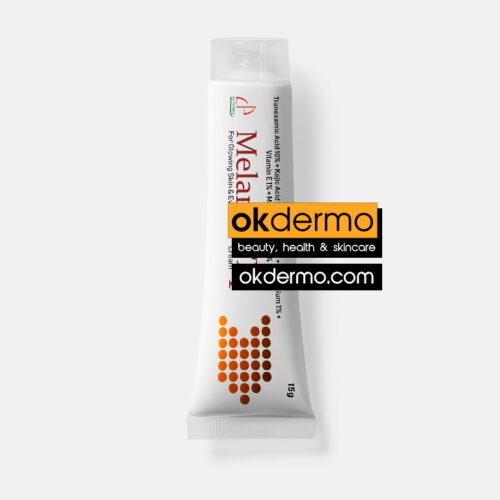
Melano TX® Skin Whitening Cream
Tranexamic Acid 10% + Kojic Acid 2% + Arbutin 1.5%
Size: 15g / 0.53oz
USD $23.00 Add to cart -

Kojic® Natural Skin Whitening Cream
Azeloglicina 5% + Kojic Acid 2% + Lactokine Fluid 3%
Size: 25g / 0.9oz
USD $27.00 Add to cart -
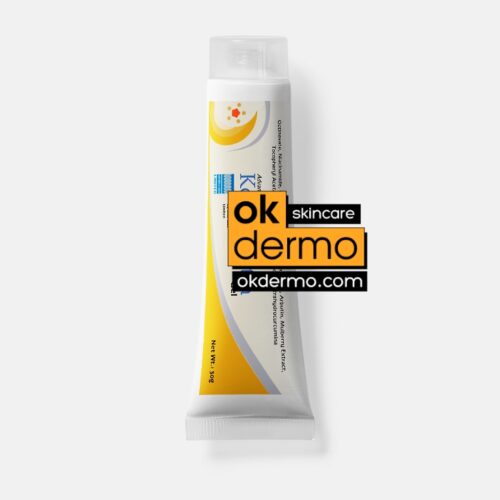
Kojivit Ultra® Natural Skin Whitener Cream
Niacinamide 4% + Glycolic Acid 3% + Kojic Acid 2.5% + Arbutin 1.5% + Octinoxate 7.5% + Mulberry Extract 1% + Tocopheryl Acetate 1% + Allantoin 0.4%
Size: 30g / 1.05oz
USD $27.00 Add to cart -
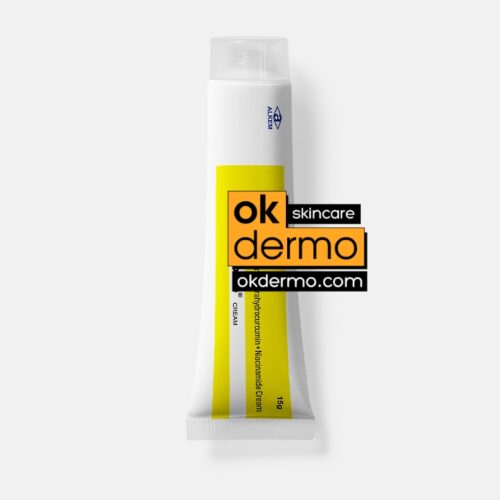
Kojiglo Forte® Intensive Whitening Cream
Allantoin 0.4% + Ascorbic acid 2% + Hydroquinone 2% + Kojic acid 2% + Niacinamide 4% + Pine bark extract 6% + Tetrahydrocurcuminoids 0.25% + Tetrahydropiperine 0.05%
Size: 20g / 0.7oz
USD $28.00 Add to cart -
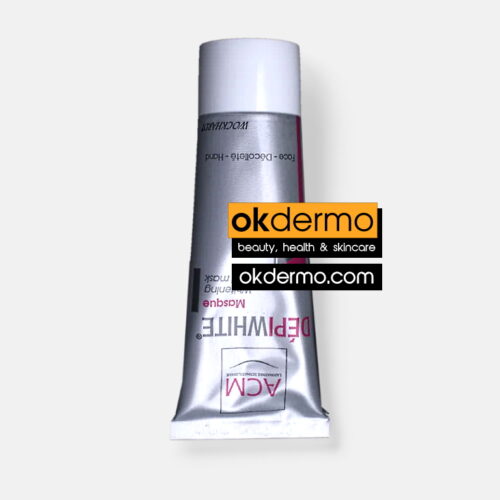
Depiwhite Masque® Kojic Acid Mask
Kojic Acid Whitening Peel-Off Mask
Size: 40ml / 1.35fl.oz
USD $33.00 Add to cart -
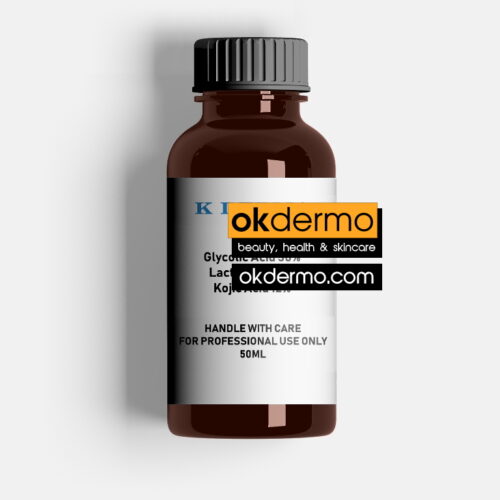
Chemical Peel
Glycolic Acid 30% + Lactic Acid 20% + Kojic Acid 12%
Size: 50ml / 1.7fl.oz
USD $58.00 Add to cart -
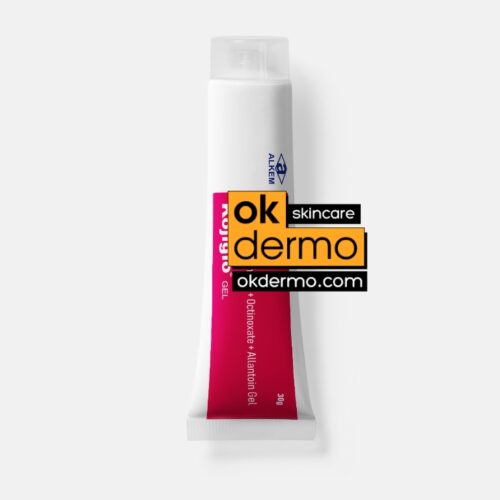
Kojiglo® Natural Skin Lightening Gel
Kojic Acid 2% + Octinoxate 7.5% + Arbutin 1.5% + Pine Bark Extract 2% + Allantoin 0.4%
Size: 30g / 1.05oz
USD $32.00 Add to cart -
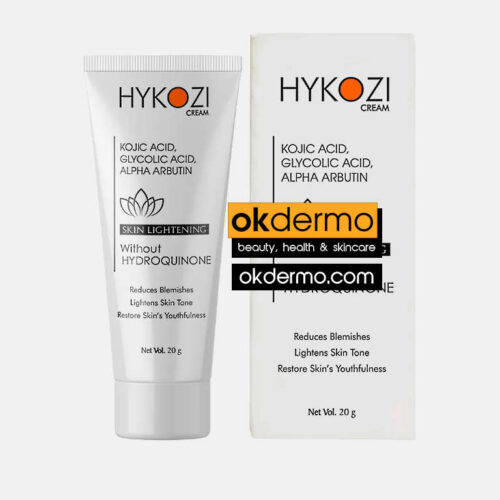
Hykozi® Non-Hydroquinone Skin Glow Cream
Kojic Acid 2% + Glycolic Acid 2% + Licorice 1% + Alpha Arbutin 1% + Lactic Acid 0.2%
Size: 20g / 0.7oz
USD $32.00 Add to cart -
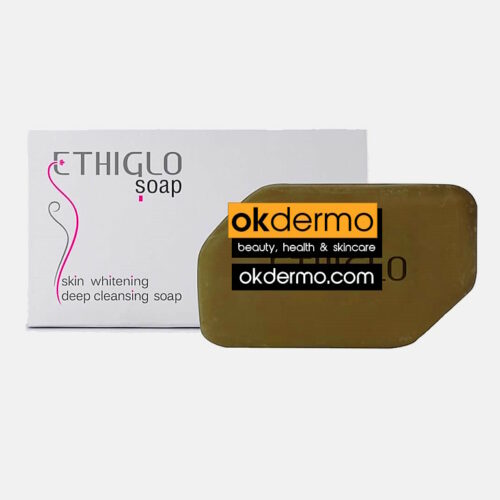
Ethiglo® Kojic Acid Skin Whitening Deep Cleansing Soap
Kojic Acid + Glycolic Acid + TiO2
USD $28.00 Add to cart -
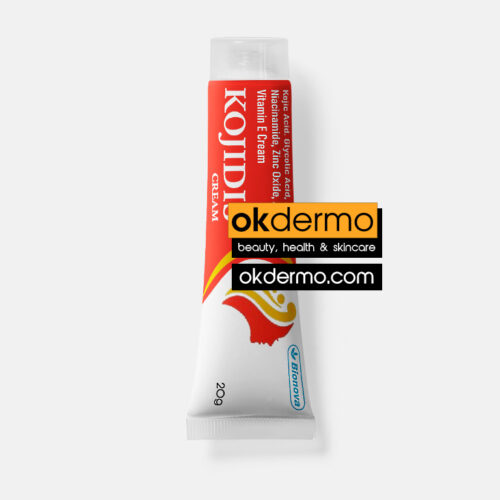
Kojidis® Topical Pigmentation Cream
Kojic Acid + Glycolic Acid + Arbutin + Niacinamide + Zinc + Aloe Vera + Vitamin E
Size: 20g / 0.7oz
USD $22.00 Add to cart
Can I Use Hydroquinone and Kojic Acid Together?
Hydroquinone and kojic acid can be used together, and this combination is often recommended by dermatologists for treating stubborn areas affected by hyperpigmentation.
Using them together can enhance the results and may shorten the time required to see results.
Which is Better, Kojic Acid or Hydroquinone?
The effectiveness of kojic acid versus hydroquinone depends on the individual’s skin type, the severity of the hyperpigmentation, and how each agent is tolerated by the skin.
Hydroquinone is often considered the gold standard for hyperpigmentation due to its ability to quickly reduce melanin production. However, it has more potential side effects, including irritation. Kojic acid, while slightly less potent, has a better safety profile, and it’s shown to be more tolerated, making it more suitable for longer-term use.
Hydroquinone, Kojic Acid – How long it takes for them to work?
Before starting treatment with hydroquinone or kojic acid, it’s crucial to keep a diary of the journey to document the condition of the skin at the start of the process and track the progress.
Both agents usually require from four weeks to a couple of months of use to show clear improvement, specifically, Hydroquinone significantly lightens dark spots within 4-8 weeks, while kojic acid may take a bit longer.
Consistent application and sun protection are essential to get great results. Sunscreen should be applied daily!
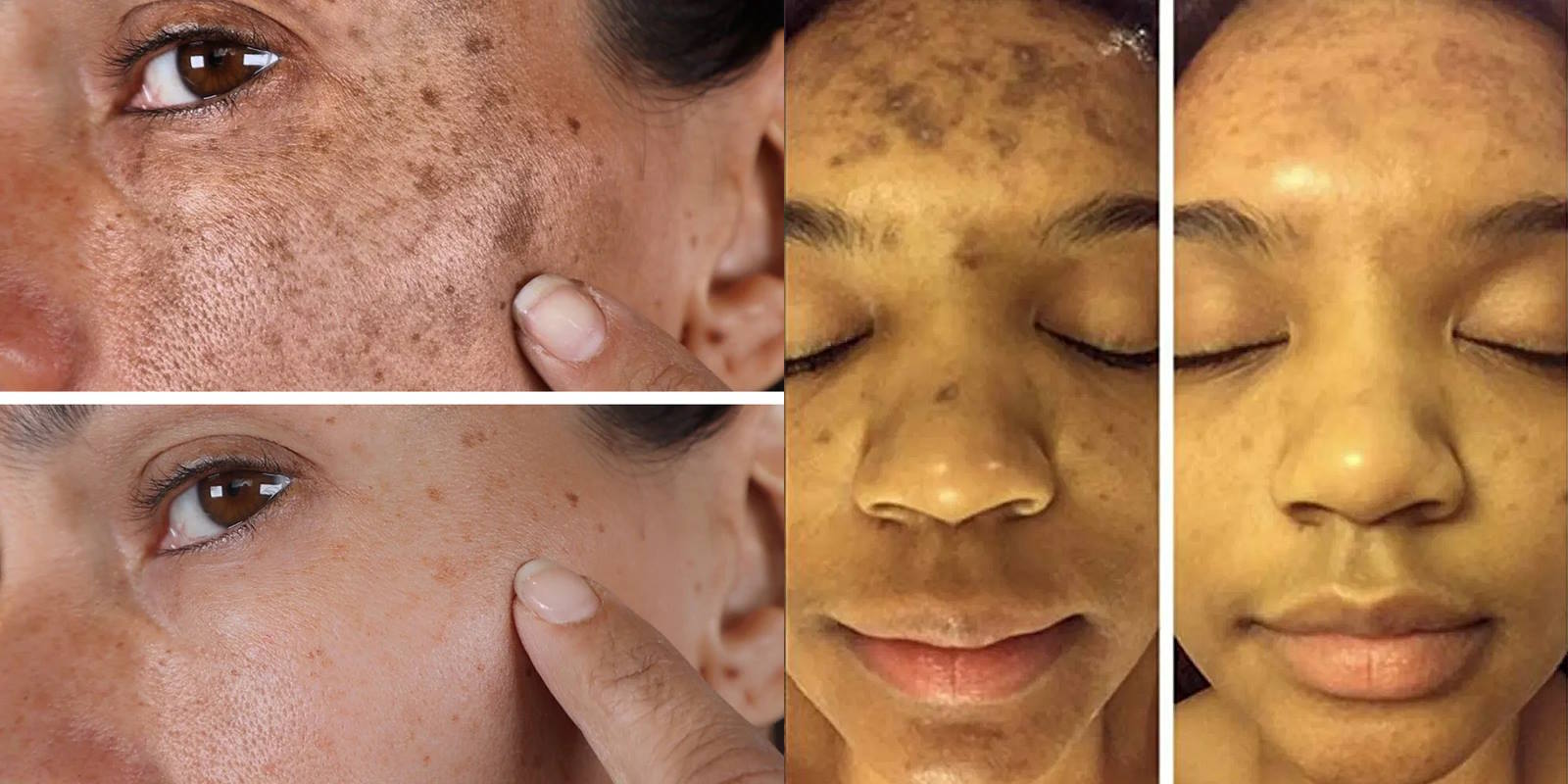
Can I Apply Kojic Acid and Hydroquinone Together?
Yes, applying kojic acid and hydroquinone together can be done. They complement each other by targeting different parts of the melanin production, however, it’s important to monitor the skin response as combining these agents can increase the risk of irritation.
It’s always recommended to start with a lower concentration and gradually increase usage frequency to reduce the chances of getting irritation and redness.
Hydroquinone and Kojic Acid: Which is Better?
Choosing between hydroquinone and kojic acid often depends on skin tolerance, so it’s a very subjective factor.
Hydroquinone is generally more effective for severe hyperpigmentation but comes with a higher risk of side effects, whereas Kojic acid is gentler on the skin, making it a better option for those with sensitive skin or those who plan to use a depigmenting agent for an extended period but takes longer to work.
It’s important to consult with a healthcare professional specialising in dermatological conditions to have some guidance and help in making an informed decision based on individual skin concerns and goals.
Can Kojic Acid Permanently Lighten Dark Spots?
Kojic acid is great in significantly lightening dark spots, but maintaining the results requires ongoing treatment and sustained sun protection.
While it reduces the production of melanin, our body can still produce melanin! Therefore, once treatment stops, dark spots can gradually return if the skin is exposed to factors like UV radiation from sunbeds or sunbathing.

Hydroquinone and Kojic Acid – Combination with other ingredients
Both hydroquinone and kojic acid are available in different formulations, such as creams, serums, and gels.
Over-the-counter hydroquinone typically comes in 2% concentration, while prescription-strength products can go up to 5%. You can find it here OTC.
Kojic acid products usually range from 1% to 5% concentration. You can find an example here.
Some products combine these agents with some other skin-brightening ingredients like vitamin C, glycolic acid, and retinoids to enhance efficacy. It’s worth evaluating our skin needs before deciding on which product to choose.
Is Hydroquinone the Best for Dark Spots?
Hydroquinone is highly effective for treating dark spots, making it the best choice for individuals with more severe hyperpigmentation.
Its ability to rapidly decrease melanin production makes it the first choice when treating hyperpigmentation; however, due to its strength and risk of causing irritation, it’s best used under the supervision of a healthcare professional, especially for long-term use.
-
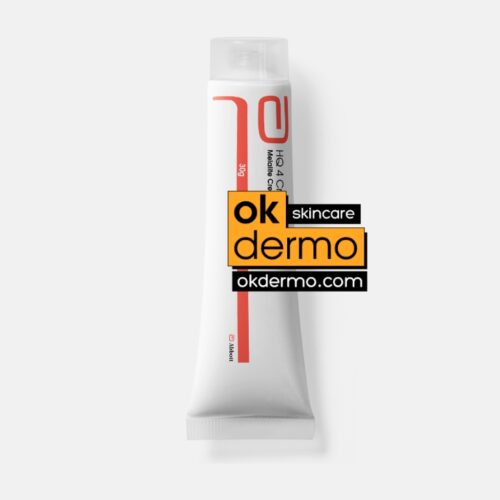
Pure Hydroquinone 4% Skin Whitening Cream
Hydroquinone 4% USP Skin Lightening Agent
Size: 20g / 0.7oz, 30g / 1.05oz
Brand name: Eldoquin, Melanox, Expigment, Eqinon, Melloderm
From USD $25.00 Select options This product has multiple variants. The options may be chosen on the product page -
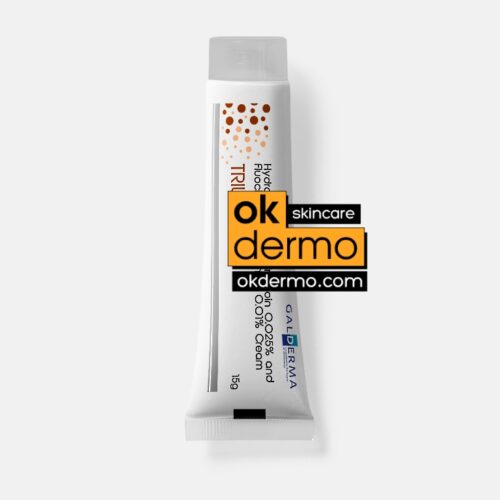
Tri-Luma® Cream for Hyperpigmentation
Hydroquinone 2% / 4% + Tretinoin 0.012% / 0.05% + Fluocinolone 0.01%
Size: 15g / 0.53oz, 20g / 0.7oz
Brand name: Lumiquin, Lumacip Plus, Refaquin, Retrieve
From USD $35.00 Select options This product has multiple variants. The options may be chosen on the product page -
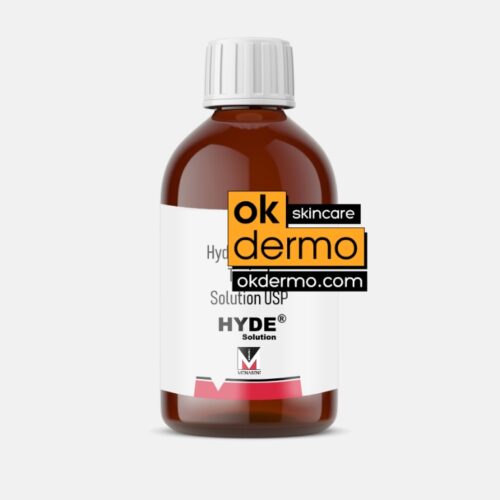
Hydroquinone 5% Topical Lotion
Hydroquinone 5% USP Solution
Brand name: Mediquin, Vitaquin, Interquin
From USD $25.00 Select options This product has multiple variants. The options may be chosen on the product page -
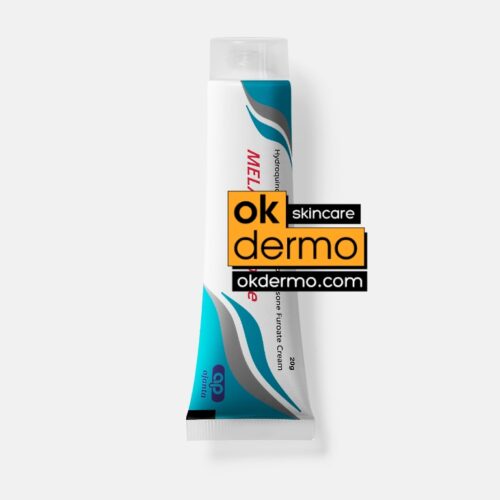
Melacare Forte® Triple Action Cream
Hydroquinone 4% + Tretinoin 0.025% + Mometasone 0.1%
Size: 25g / 0.9oz
USD $24.00 Add to cart -
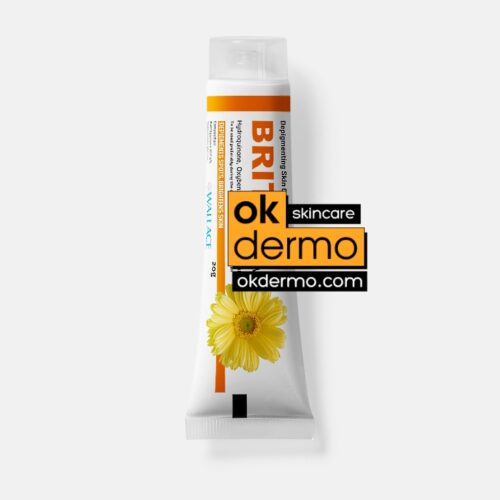
Brite® Skin Whitening Cream
Hydroquinone 4% + Oxybenzone 3% + Octinoxate 5%
Size: 20g / 0.7oz
Brand name: Lustra
USD $24.00 Add to cart -
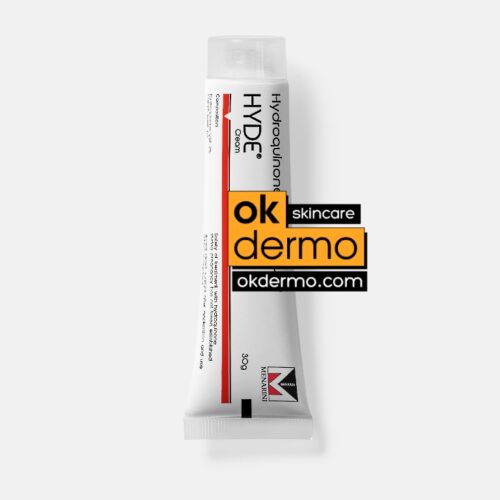
Hydroquinone 3% Topical Cream
3% Hydroquinone USP Skin Lightening Cream
Brand name: Melamix, Esoterica, Alera, Melquin, Melamin, LumaSilk, Obagi, Blanche
From USD $22.00 Select options This product has multiple variants. The options may be chosen on the product page -
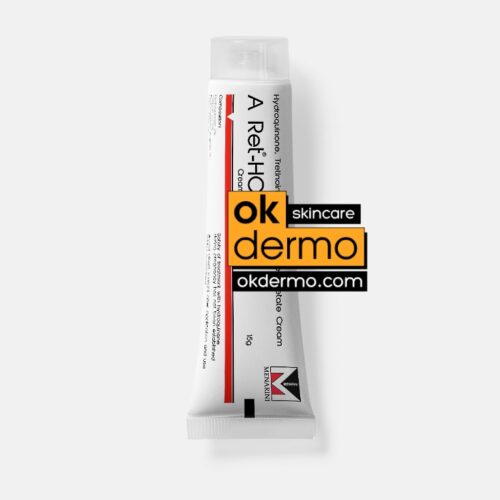
A Ret-HC® / Melanorm-HC® Skin Cream
Hydroquinone 2% + Tretinoin 0.025% / 0.05% + Hydrocortisone Acetate 1%
Size: 15g / 0.53oz
Brand name: Pigmanorm, Katarya, Kataryaxn, Ketarya, Kevarya
From USD $24.00 Select options This product has multiple variants. The options may be chosen on the product page -
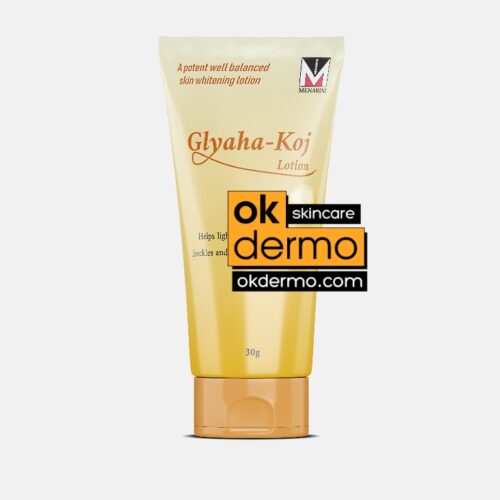
Glyaha-Koj® Skin Lightening Lotion / Soap
Kojic Acid + Glycolic Acid + Hydroquinone
From USD $21.00 Select options This product has multiple variants. The options may be chosen on the product page -
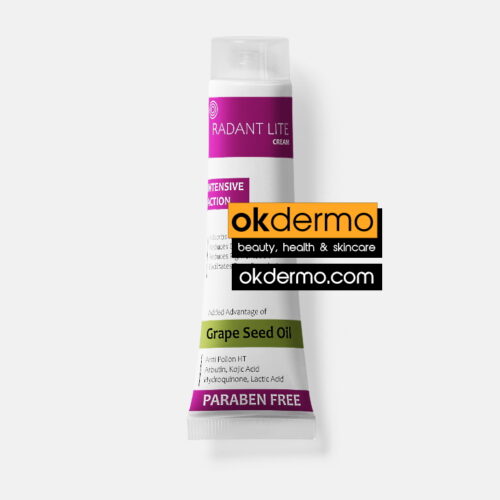
Radant Lite® Hypopigmentation Cream
Antipollon HT 1.5% + Arbutin 2% + Kojic Acid 2% + Hydroquinone 2% + Lactic Acid
Size: 20ml / 0.68fl.oz
USD $24.00 Add to cart -

Melrio® Skin Whitening Cream
Hydroquinone 2% + Tretinoin 0.025% + Fluticasone Propionate 0.05%
Size: 20g / 0.7oz
Brand name: Tri-Luma
USD $24.00 Add to cart
Hydroquinone and Kojic Acid – Side Effects
Both hydroquinone and kojic acid can have some side effects.
Hydroquinone can cause skin irritation, redness, and in rare cases, ochronosis, which is a bluish discoloration of the skin.
Kojic acid is generally well-tolerated but can still cause contact dermatitis, especially in sensitive individuals.
To minimize side effects, it’s recommended to start with lower concentrations, perform a patch test before full application and discuss the treatment with a specialist.
Kojic Acid Cream – The most popular choice
Kojic acid in the cream formulation is the most popular choice for those looking to brighten their skin tone and reduce hyperpigmentation.
It’s often formulated with additional skin-soothing and moisturizing ingredients to increase its tolerability and reduce the chances of redness.
Regular use of kojic acid cream, combined with sunscreen, can lead to a noticeable improvement in skin tone and reduction of dark spots.
Conclusion
In summary, hydroquinone and kojic acid are both great options to reduce hyperpigmentation and reduce the appearance of dark spots.
Hydroquinone’s strong efficacy makes it a perfect option for severe cases, while kojic acid is suitable for extended use and on sensitive skin types.
Using these agents together can provide improved results, but it’s crucial to monitor any irritation or signs of side effects and to use sunscreen during the treatment.
FAQ
Which is Better, Kojic Acid or Hydroquinone?
Hydroquinone is often considered the gold standard for hyperpigmentation due to its ability to quickly reduce melanin production. Kojic acid, while slightly less potent, has a better safety profile, and it’s shown to be more tolerated, making it more suitable for longer-term use.
Can I Apply Kojic Acid and Hydroquinone Together?
Yes, applying kojic acid and hydroquinone together can be done. They complement each other by targeting different parts of the melanin production, however, it’s important to monitor the skin response as combining these agents can increase the risk of irritation.
Can Kojic Acid Permanently Lighten Dark Spots?
Kojic acid is great in significantly lightening dark spots, but maintaining the results requires ongoing treatment and sustained sun protection.
Is Hydroquinone the Best for Dark Spots?
Its ability to rapidly decrease melanin production makes it the first choice when treating hyperpigmentation; however, due to its strength and risk of causing irritation, it’s best used under the supervision of a healthcare professional, especially for long-term use.
References
- R. Monteiro et al. A Comparative Study of the Efficacy of 4% Hydroquinone vs 0.75% Kojic Acid Cream in the Treatment of Facial Melasma. Indian J Dermatol. 2013 Mar-Apr; 58(2): 157.
- K. S Deo et al. Kojic Acid vis-a-vis its Combinations with Hydroquinone and Betamethasone Valerate in Melasma: A Randomized, Single Blind, Comparative Study of Efficacy and Safety. Indian J Dermatol. 2013 Jul-Aug; 58(4): 281–285.
- American Academy of Dermatology. (2014). Dermatologist shines light on natural ingredients used in new topical treatments for hyperpigmentation [Press release].
- https://www.aad.org/media/news-releases/dermatologist-shines-light-on-natural-ingredients-used-in-new-topical-treatments-for-hyperpigmentation
- Burnett CL, et al. (2010). Final report of the safety assessment of kojic acid as used in cosmetics.https://journals.sagepub.com/doi/10.1177/1091581810385956
Post by:
Dr.Marcella Jiovanni
Health and Beauty Expert
“Marcella Jiovanni actively promotes the importance of maintaining healthy skin, she envisions the future of dermatology as moving away from pure medical, pharmacological dermatology and flowing more toward a holistic approach to wellness and skincare.”

